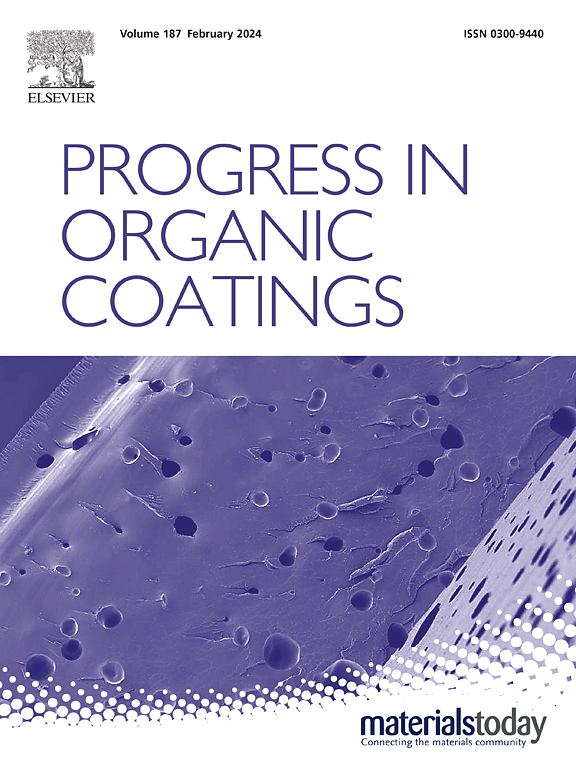Unveiling the effect of bovine serum albumin on the packaging performance of medical silicone rubber coating for implantable electronic devices
IF 6.5
2区 材料科学
Q1 CHEMISTRY, APPLIED
引用次数: 0
Abstract
Silicone rubber encapsulation materials utilized in implantable electronic devices must withstand a complex biofluidic environment and incorporate a diverse array of inorganic and organic components. Nevertheless, the impact of proteins on the reliability of these encapsulation materials has not been extensively investigated. This study presents a thorough examination of the mechanisms through which proteins influence the performance of silicone rubber encapsulation materials. Initially, it was observed that bovine serum albumin (BSA) adsorbs in an elliptical particulate form, a process facilitated by the presence of peptide bonds (-CO-NH-) and α-helical structures, which are functional groups inherent to medical silicone rubber coatings. Additionally, the geometric dimensions of BSA are marginally larger than the microscopic pores of the coating, effectively obstructing water passage through the silicone rubber by blocking these pores. This blockage is crucial for enhancing the encapsulation properties of the coatings, as it significantly inhibits water transport. However, as the coating undergoes cracking, its encapsulation capacity is compromised, allowing for the diffusion of BSA to the T2 copper surface. At this juncture, BSA occupies the adsorption sites of the cathodic reactant O2, thereby effectively inhibiting the corrosion of the metal.
求助全文
约1分钟内获得全文
求助全文
来源期刊

Progress in Organic Coatings
工程技术-材料科学:膜
CiteScore
11.40
自引率
15.20%
发文量
577
审稿时长
48 days
期刊介绍:
The aim of this international journal is to analyse and publicise the progress and current state of knowledge in the field of organic coatings and related materials. The Editors and the Editorial Board members will solicit both review and research papers from academic and industrial scientists who are actively engaged in research and development or, in the case of review papers, have extensive experience in the subject to be reviewed. Unsolicited manuscripts will be accepted if they meet the journal''s requirements. The journal publishes papers dealing with such subjects as:
• Chemical, physical and technological properties of organic coatings and related materials
• Problems and methods of preparation, manufacture and application of these materials
• Performance, testing and analysis.
 求助内容:
求助内容: 应助结果提醒方式:
应助结果提醒方式:


